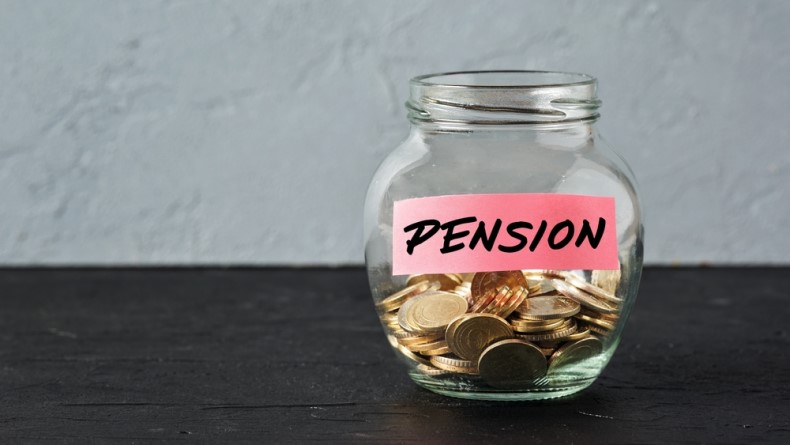Paul Tremelling of Visa on the pros and cons of reducing pension contributions
Paul Tremelling, senior reward manager, international benefits at Visa, explained why reducing pension contributions may not be right for everyone during our recent webinar – Developing a joined-up financial wellbeing strategy, supported by WEALTH at work.
Something that is making many organisations nervous is employees reducing their pension contributions. While it may look like a simple fix to increase net pay, employees need to understand the consequences of reducing pension contributions.
Increased take-home pay
Yes, reducing pension contributions will immediately raise net pay, but perhaps not by as much as employees think. Tremelling argued that financial education is critical in this situation – if you reduce your pension contribution by £100, you’re not going to get that £100. He added that although an employees pay may increase, they will also need to take into account additional tax and National Insurance contributions.
Reduced employer contributions
Like many organisations, Visa has a core 9% pension contribution scheme, with the option for the employee to top it up with an extra 2%, 4% or 6%, who will then receive an extra 1%, 2% or 3% from Visa.
Tremelling noted that any reduction in contributions will also have the knock on effect of a fall in employer contributions. Take the example above; if an employee reduces their contribution by £100, they’ve also reduced the amount the employer will contribute, meaning that their pension has lost more than they have gained – is it worth it?
He added that at Visa it has tools available on its benefits portal to help employees work out any potential impact on their pension of the various actions they might take, to insure that they make informed decisions.
What of the future?
Hopefully, at some point in the future, we will have passed through this cost of living crisis, and what then? Will employees remember to put their contributions back up?
Tremelling said that he would be there, reminding employees of what they’ve done, and asking them if they’re ready to increase their pension contributions again. The aim is to give them a gentle nudge, not giving them advice, just pointing out the beneficial consequences of higher contributions moving forward.
Stella Chaplin, director, pensions and benefits, UK and Europe for Atkins, added. “In our organisation,” she said. “We let people go below the auto enrolment minimums, and actually if they choose to effectively opt out, we reset them every year back to 3%. This allows people a level of flexibility so employees can change their contribution, drop it down, and perhaps actually realise it doesn’t make that much difference to their pay packet. Being able to go back and receive contributions from the company is really important.
“Also, another key point is that the market is currently down. That means that your pension contributions are actually buying more units at the moment. So ensure that you spread your contributions fairly over the period because that will get you the best return for your pension.”







